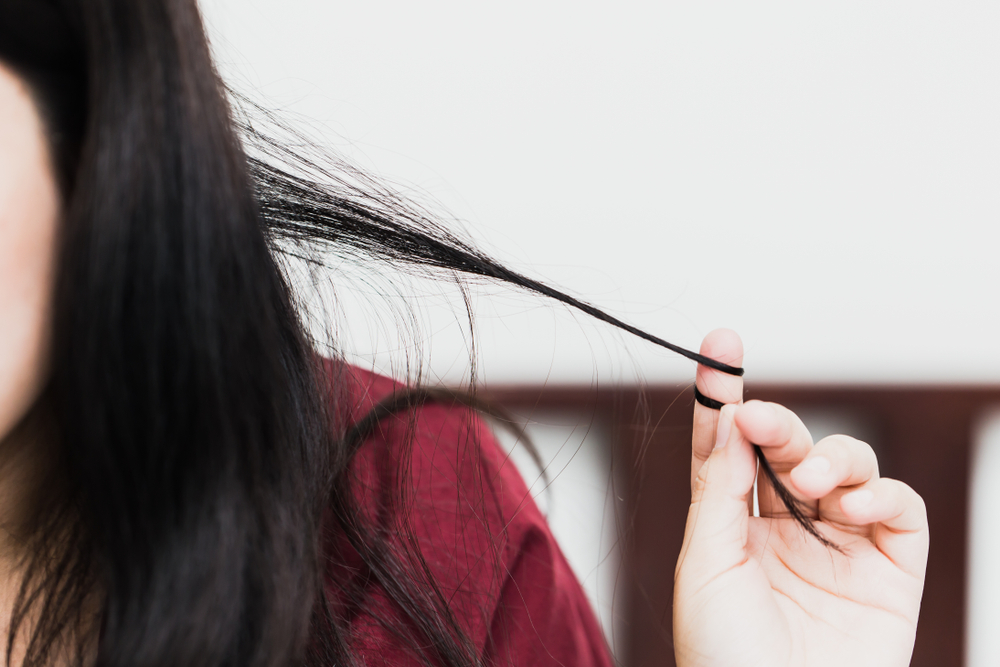Hair-pulling syndrome, otherwise known as trichotillomania, is a psychological abnormality that involves an intermittent, powerful desire to pull out hair from your scalp, eyebrows or different areas of your body, even though you are trying to stop.
Hair pulling from the scalp frequently leaves inconsistent bare spots, which causes hair problems and can affect self confidence and social interactions.
For some individuals, trichotillomania might be mild and manageable, while for others, the impulsive pulling is overpowering. Some treatment choices have helped numerous individuals diminish their hair-pulling completely.


